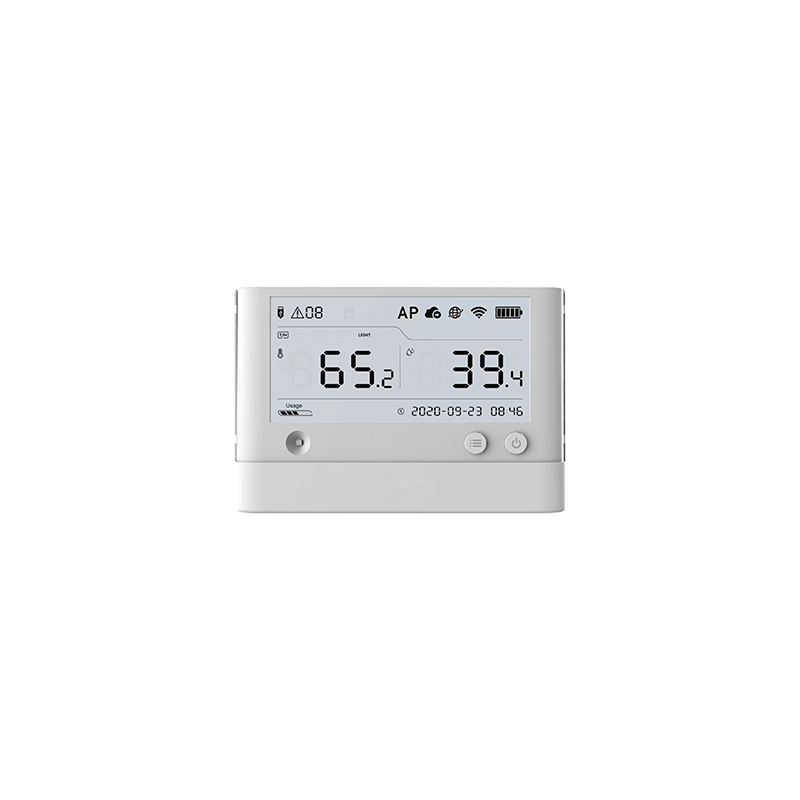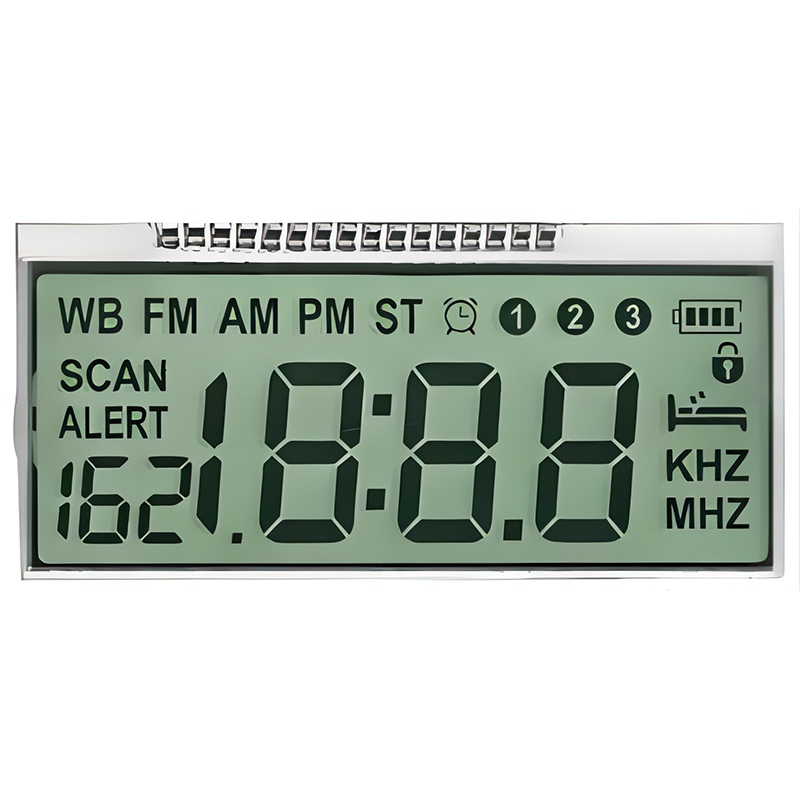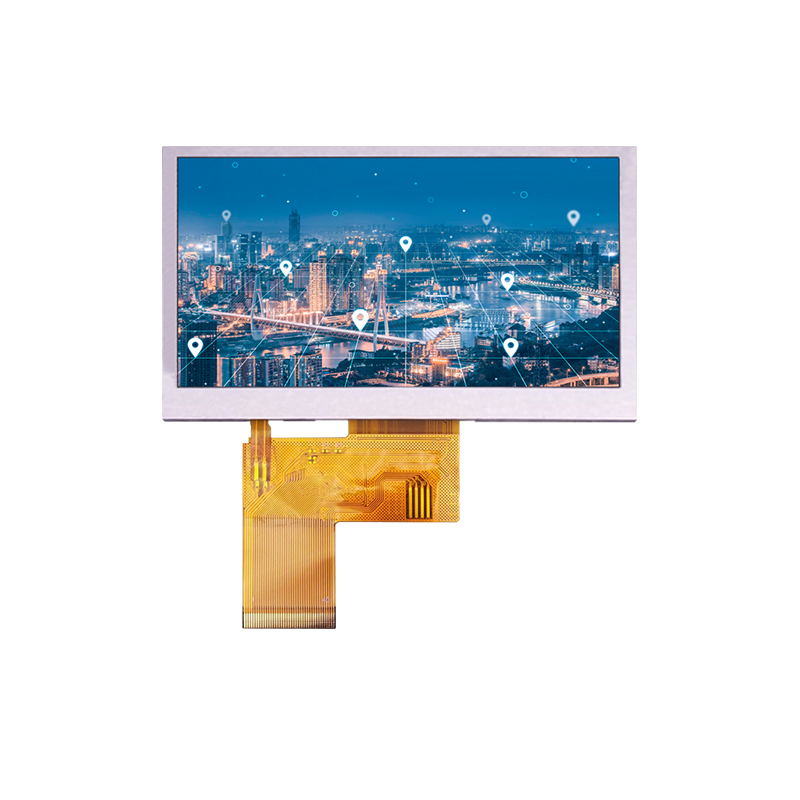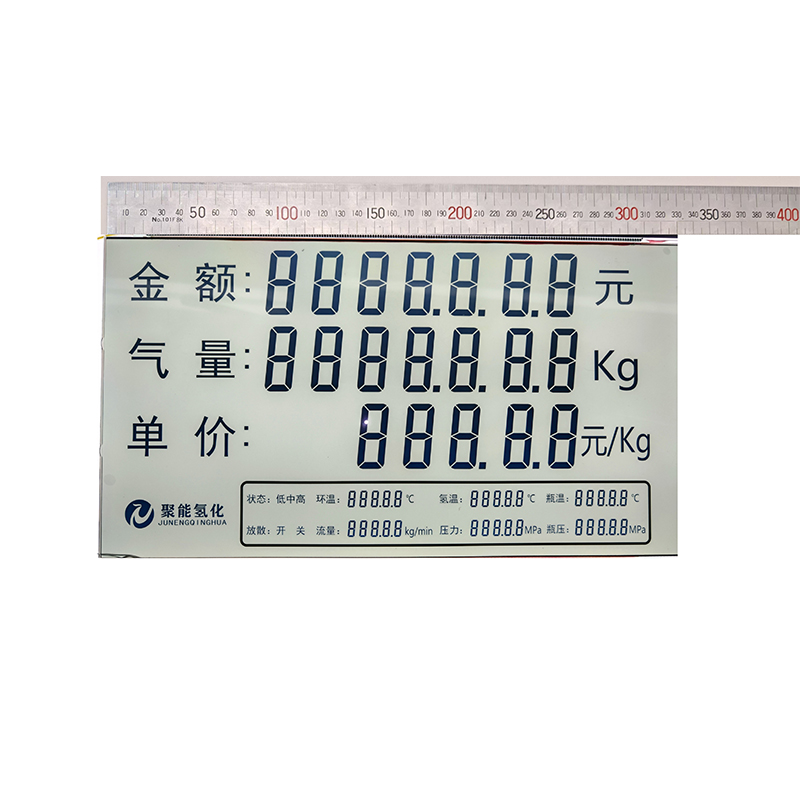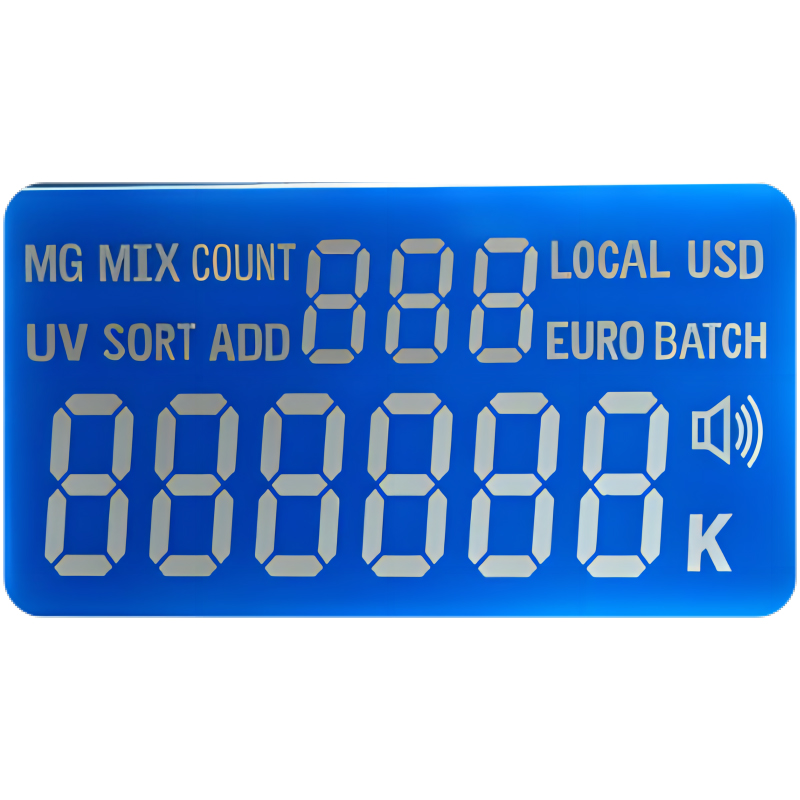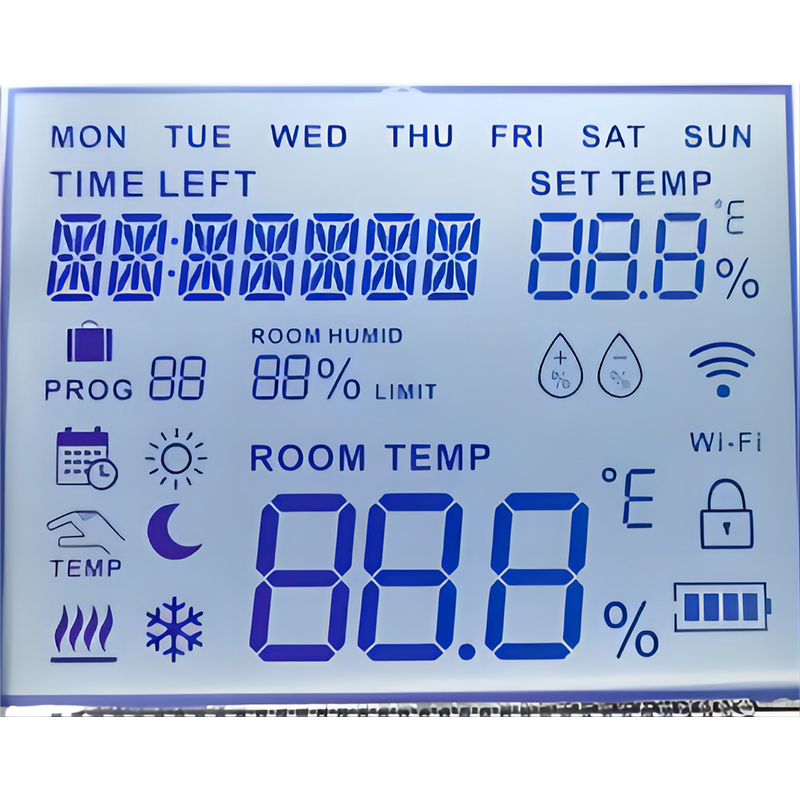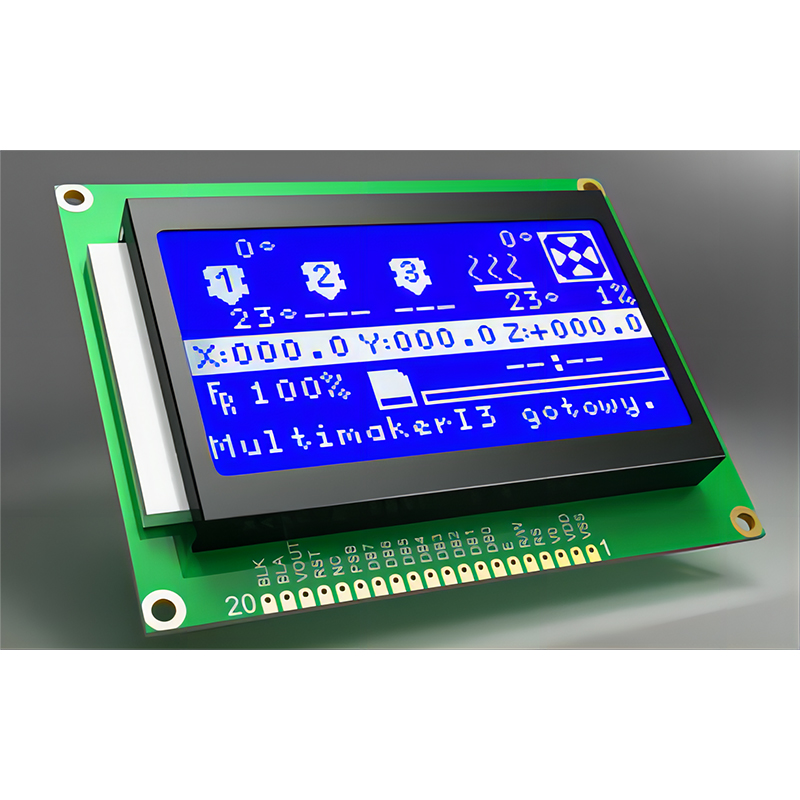
This comprehensive guide explores the intricacies of LCD TFT display panels, helping you understand their key features, applications, and selection criteria. We'll cover everything from basic terminology to advanced specifications, ensuring you can make informed decisions for your project needs. Learn about different types of panels, crucial specifications to consider, and where to find reliable manufacturers like Dalian Eastern Display Co., Ltd. (https://www.ed-lcd.com/).
A LCD TFT display panel, or Liquid Crystal Display Thin Film Transistor panel, is a type of flat-panel display that uses liquid crystals sandwiched between two polarizing filters to control the passage of light. The TFT (Thin Film Transistor) technology is crucial; it acts as a switch for each pixel, allowing for precise control of the image displayed. This results in sharper images and faster response times compared to earlier LCD technologies. Understanding the core components and functionalities of a LCD TFT display panel is fundamental to selecting the right one for your application.
The resolution (measured in pixels, e.g., 1920x1080) determines the image clarity, while the size (measured diagonally in inches) dictates the physical dimensions of the LCD TFT display panel. Higher resolutions generally offer sharper images but require more processing power. Size selection depends heavily on the intended application, ranging from small displays for wearables to large panels for monitors and televisions.
Brightness (measured in cd/m2) refers to the intensity of the light emitted by the panel. Higher brightness is ideal for outdoor applications or bright environments. Contrast ratio represents the difference between the brightest and darkest colors the panel can display. A higher contrast ratio results in more vibrant and detailed images.
Response time (measured in milliseconds) indicates how quickly a pixel can change color. Faster response times are essential for applications that require smooth motion, such as gaming or video playback. Refresh rate (measured in Hz) determines how many times per second the image is refreshed, affecting the smoothness of motion and reducing motion blur. Higher refresh rates generally improve the viewing experience.
The viewing angle specifies the range of angles from which the image can be viewed without significant color distortion or loss of brightness. Wider viewing angles are preferable for applications where multiple viewers might be present.
Several types of LCD TFT display panels cater to different needs and applications. These include:
Selecting the optimal LCD TFT display panel requires careful consideration of the application's specific requirements. Factors such as resolution, brightness, response time, viewing angle, and budget all play critical roles. It’s crucial to consult datasheets from manufacturers like Dalian Eastern Display Co., Ltd. to gain accurate specifications and make informed decisions.
| Panel Type | Response Time | Viewing Angle | Contrast Ratio | Color Accuracy |
|---|---|---|---|---|
| IPS | Generally slower | Wide | Good | Excellent |
| TN | Fast | Narrow | Moderate | Fair |
| VA | Moderate | Moderate | High | Good |
Note: These are general comparisons. Specific specifications vary widely between manufacturers and models.
This guide provides a solid foundation for understanding LCD TFT display panels. Remember to consult detailed datasheets from reputable suppliers like Dalian Eastern Display Co., Ltd. for the most accurate and up-to-date information before making your purchasing decisions.

